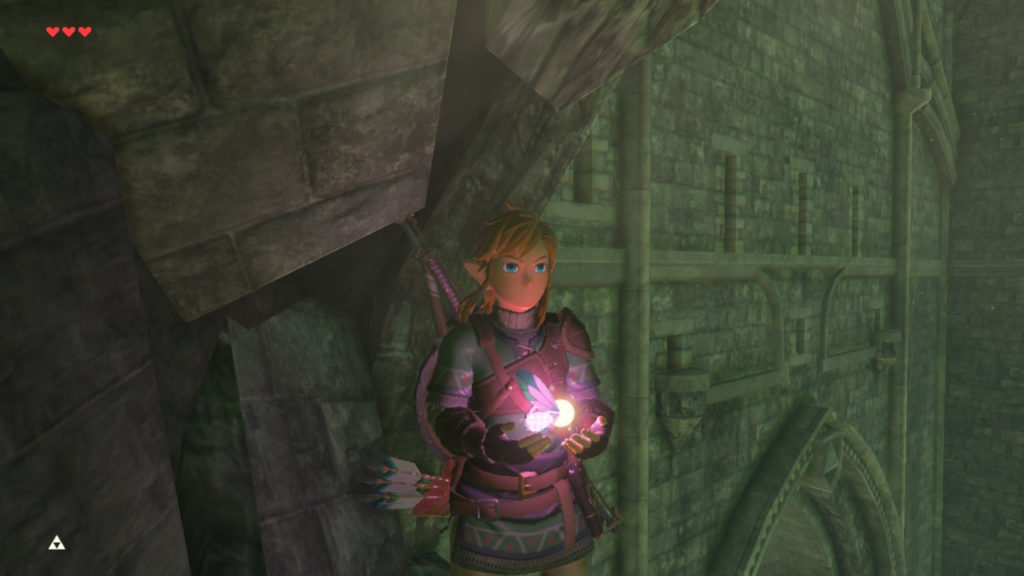It’s kind of an old subject now. The Legend of Zelda was originally released in 1985, and right with the next game, Nintendo started toying with the formula.
The third game in the series, A Link to the Past, is widely revered among classic game-players, but there’s been this small coterie, growing over the years, that despite greatly improved graphics and controls, a much greater variety in enemies, like 13 dungeons in all and a host of cool secrets, in some ways it’s not up to the original. And the darn thing is, I agree with them.
The Legend of Zelda is kind of the victim of being left behind by design trends, in some ways. Link to the Past is an inflection point; while TLoZ is infuriatingly vague in some ways, and very challenging, some players latched onto those aspects and relished the challenge. Its second-sequel is almost luxurious in how it tells the player how to progress. There are establishments around the fantasy world of Hyrule whose whole purpose is to tell you what to do next. That’s great for making a generally-playable game, but if you want to figure the game out yourself, like solving a great puzzle, it’s lacking.
Its secrets are much less secret. It feels like the world wants you to discover its hidden caves, imagine that. Of the differences between the two, most players preferred the new direction, as did developers, not the least being the makers of the Zelda games themselves.
Of the fans who recognize the first game’s gnomish inscrutability and obscure secrets as a strength, probably the best-known advocate has been Tevis Thompson, who made the case in his 13-year-old essay Saving Zelda. He followed up some of the ideas in the graphic novel Second Quest (which is great), but it more goes in its own directions.
That was where the discussion stood, until the release of The Legend of Zelda: Breath of the Wild. After over a dozen games that leaned in to the Link to the Past template, it seemed to represent a rejection of that whole line, of the very trends they themselves had started and build upon. Instead of the mechanistic puzzlebox world, where exploration is carefully gated and players can’t get themselves into situations they’re not ready for, they threw open the doors. Here, have a world not only much bigger than any previous Zelda, but one of the biggest worlds in gaming period. Go anywhere, right from the start! While the secrets are still not that secret, the vast land obscures their locations pretty well, so it adds up to about the same effect.
Breath of the Wild was the first Zelda game that largely felt like Game #1, and there are signs this was intentional. The Japanese release made direct references to the 1985 original, using the font from the cover of the original game for its own title screen and to announce locations, have a look:

When the game first game out, there was bewilderment, but players were very appreciative, but, did this mean all Zeldas were going to be vast open-world exploration games now? Tears of the Kingdom seems to indicate, maybe! Then Echoes of Wisdom last year showed that, while that game itself had many changes to the formula (such as actually starring the title character), they had not abandoned the classic formula, or look either.
All of this is to introduce the video by ThePlinkster, which like Thompson did in 2012, makes the case that the first game is still, largely, the best, and it even claims it’s better than BotW, which might be a bit of a reach. It’s 18 minutes, and while I don’t really agree with him entirely, he doesn’t make his case badly. Here it is:






